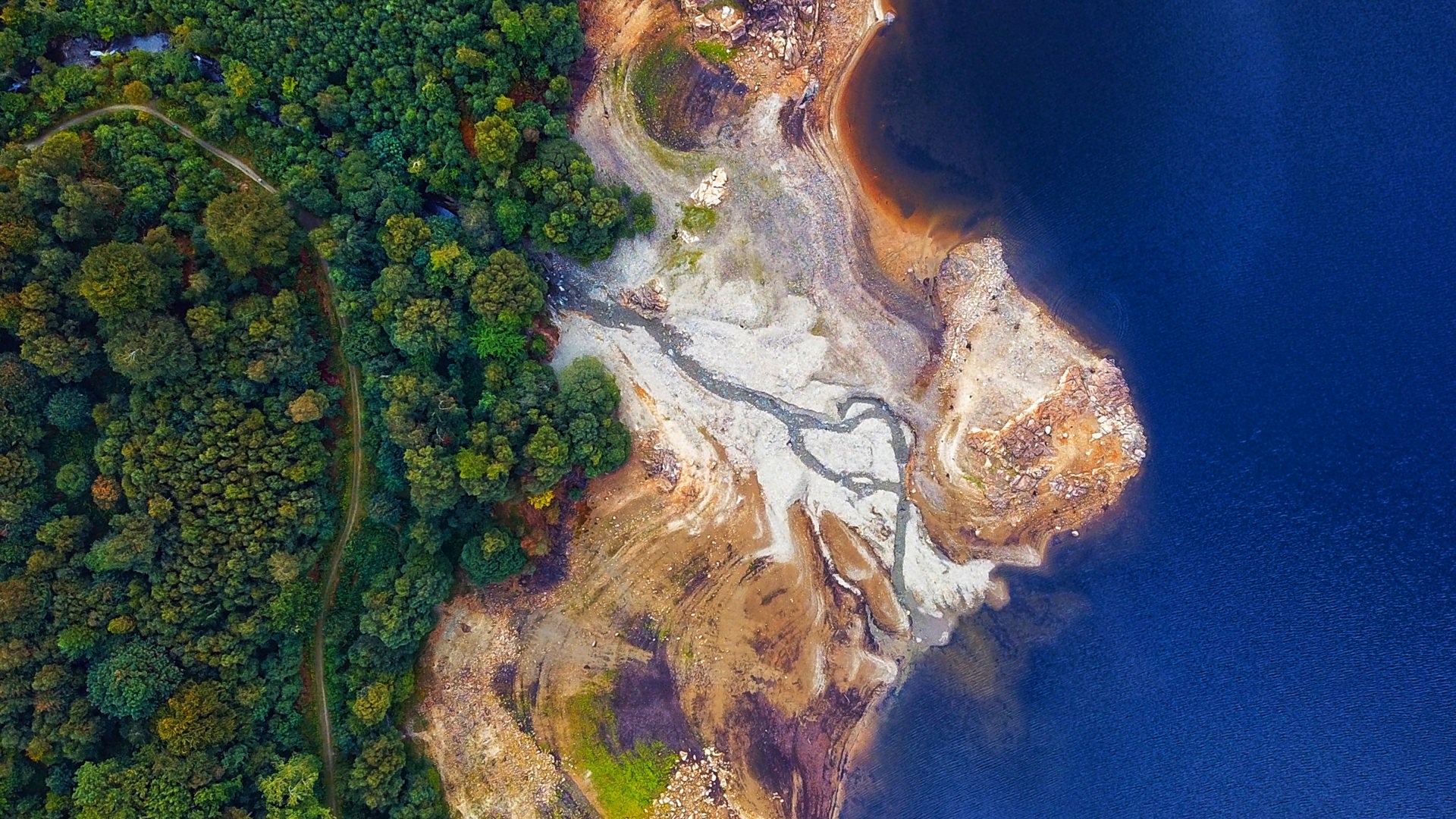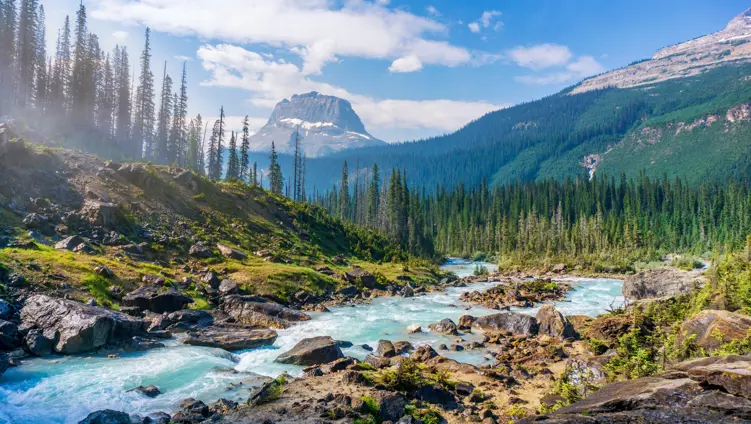
To read about climate change at the moment is to be bombarded by a mixture of virtue signalling and semi-incomprehensible terms that sound like the name of your middle-aged science teacher’s woeful rock band: ‘carbon neutral’, ‘carbon negative’ and ‘climate positive’.
At the centre of this is a debate about carbon offsetting and its effectiveness. On one side it’s the devil, a guilt-absolving way to do nothing and keep living your life at the expense of the planet. On the other, it’s a magical solution to save the planet without lifting a finger. So which side is right?
Well, neither.
The truth is that carbon offsetting has a role to play and a vital one at that, but it should never be the whole solution or even the starting point. We want to cut through the hysteria to explain what you really need to know and how, if done right, carbon offsetting can help you live more sustainably and improve the lives of others facing the sharp end of the climate crisis.
To live more sustainably you need to reduce the impact you have on the environment, and to do that you need to understand it. That’s why the first step is to understand your carbon footprint. A carbon footprint is the total amount of carbon dioxide released into the atmosphere from the activities of a person or organisation, and we all have one. In fact, every single object and action has a carbon footprint.
Your carbon footprint will vary depending on your behaviour, such as whether you eat meat, drive a car or take lots of flights. According to Our World in Data, the per capita carbon footprint of somebody in the UK is 5.8 tonnes of CO2 a year, whereas in the US it’s 16.2 tonnes a year (so, quite a lot riding on that US election…).
Once you know what your carbon footprint is you should set about reducing your avoidable emissions, which means those emissions you can reasonably avoid from practical changes. This could be through cycling to work instead of driving, reusing items of furniture and clothing instead of buying new ones or changing your diet to eat less meat.
What often gets forgotten at this point is the power people have to influence reductions elsewhere: namely, the behaviour and activities of companies. As a consumer you have choices and with these choices come power. So, when you’re shopping don’t just think about what you’re buying but where you’re buying it from. Companies will only change when they know not changing will lose them money.
This power extends further than the high street. Most of us have a pension but very few of us know where this money is invested. Many pension funds will be investing in companies that harm the planet, such as fossil-fuel producers. By being more aware of where your money is invested and moving it to more sustainable investments you can fund companies that are having a positive environmental impact (check out Richard Curtis’ excellent Make My Money Matter campaign). By being more ethical as a consumer we can make companies more ethical.
Back to your carbon footprint - after reducing your emissions as much as you can you’re left with your unavoidable emissions, which everybody has to some extent. Maybe you still need to use a car because you live remotely, or travel occasionally because, well, what’s the point of saving the planet if you can’t explore it once in a while. This is where carbon offsetting comes in.
Essentially, carbon offsetting means buying carbon credits that are equivalent to your carbon impact (e.g. your carbon footprint). This is basically balancing the books. If you have a remaining carbon footprint of 3 tonnes of CO2, you would have to purchase the equivalent amount in a carbon offsetting project to ensure 3 tonnes of CO2 is saved from the atmosphere elsewhere.
When you offset the most important thing is to pick a third party verified project that has the impact it says it does. That’s why we would recommend using projects verified under the Gold Standard for the Global Goals, which is the highest standard for offsetting projects. Not only do these projects have a positive climate impact, but they also contribute to multiple United Nations Sustainable Development Goals, such as providing clean water, creating jobs or eradicating poverty.
By doing this you’re ‘carbon neutral’, but why stop there? With offsetting you can go further than breaking even and become ‘carbon negative’, which means the total amount you offset is more than your unavoidable emissions. For a bit more you can have a positive overall impact on the planet.
If you still think offsetting doesn’t have a place then, quite frankly, you’re picking the wrong fight. This isn’t about paying to offset your guilt or an excuse not to do anything else. It’s a practical, realistic and positive way to combat climate change and do good. By understanding your carbon footprint, doing what you can to reduce it, and offsetting the rest you can play a meaningful role. More than that, now your own house is in order you can get out and spread the word, spend your money responsibly and- always- voting to support change.
To adventure sustainably, you need to live sustainably first.







